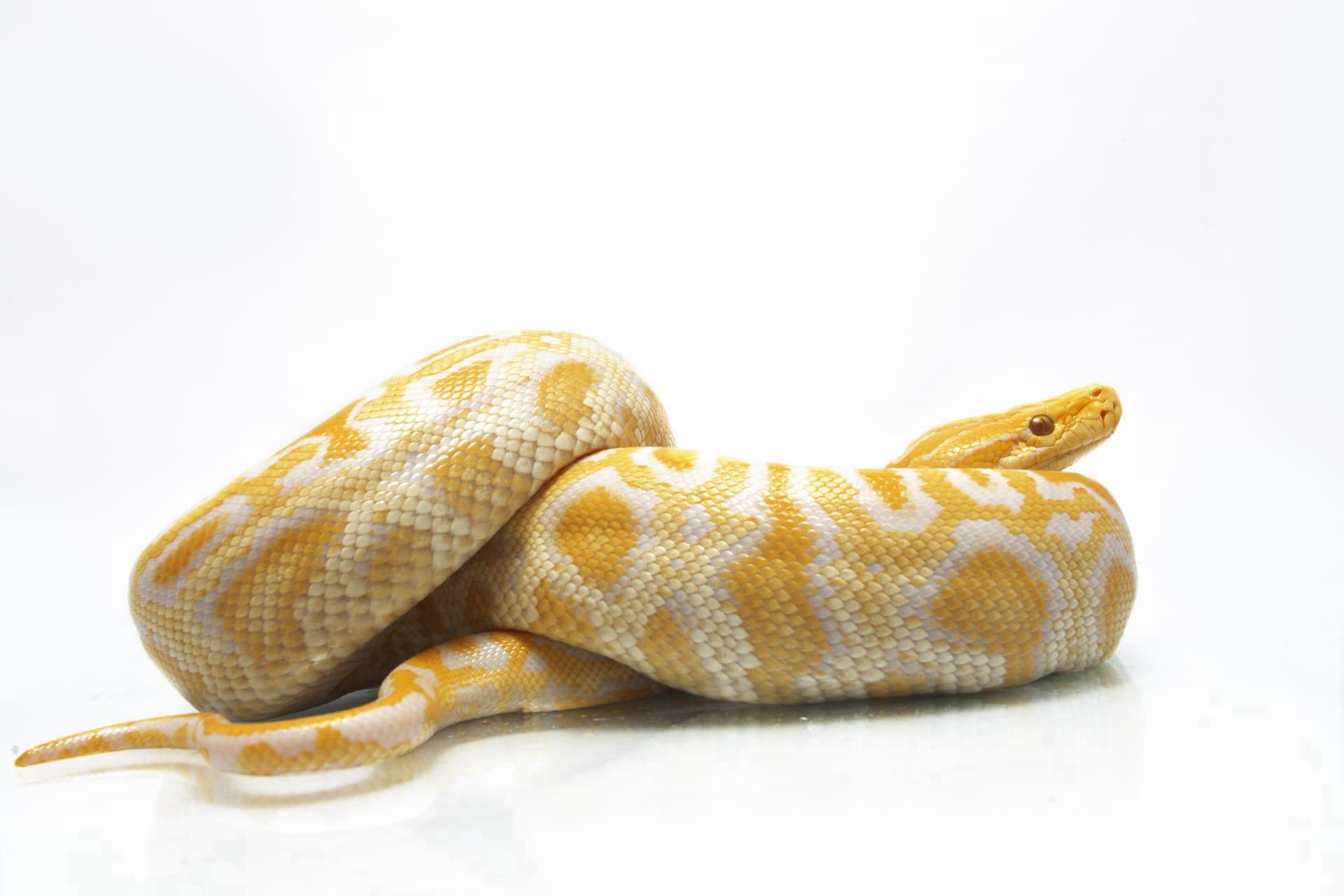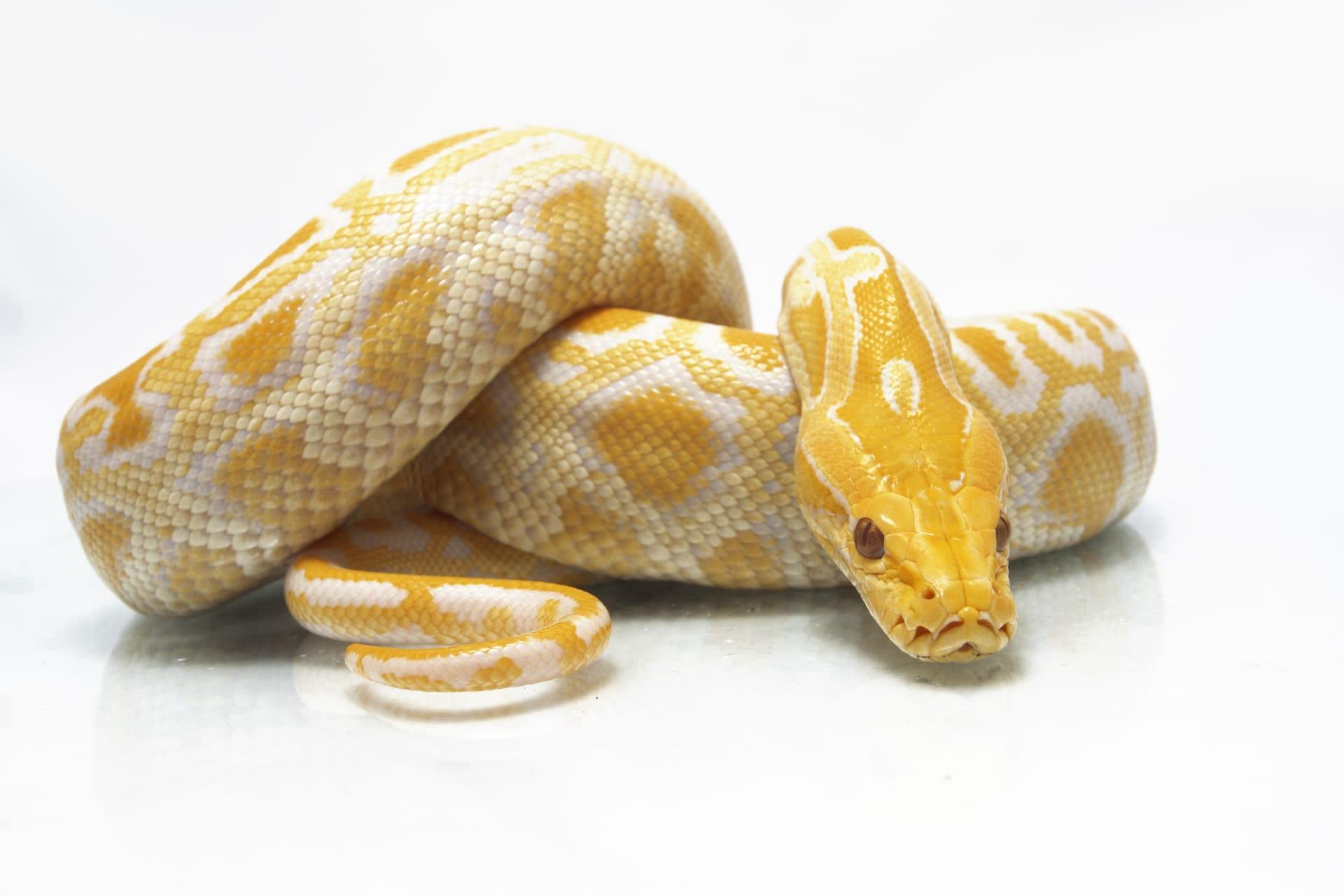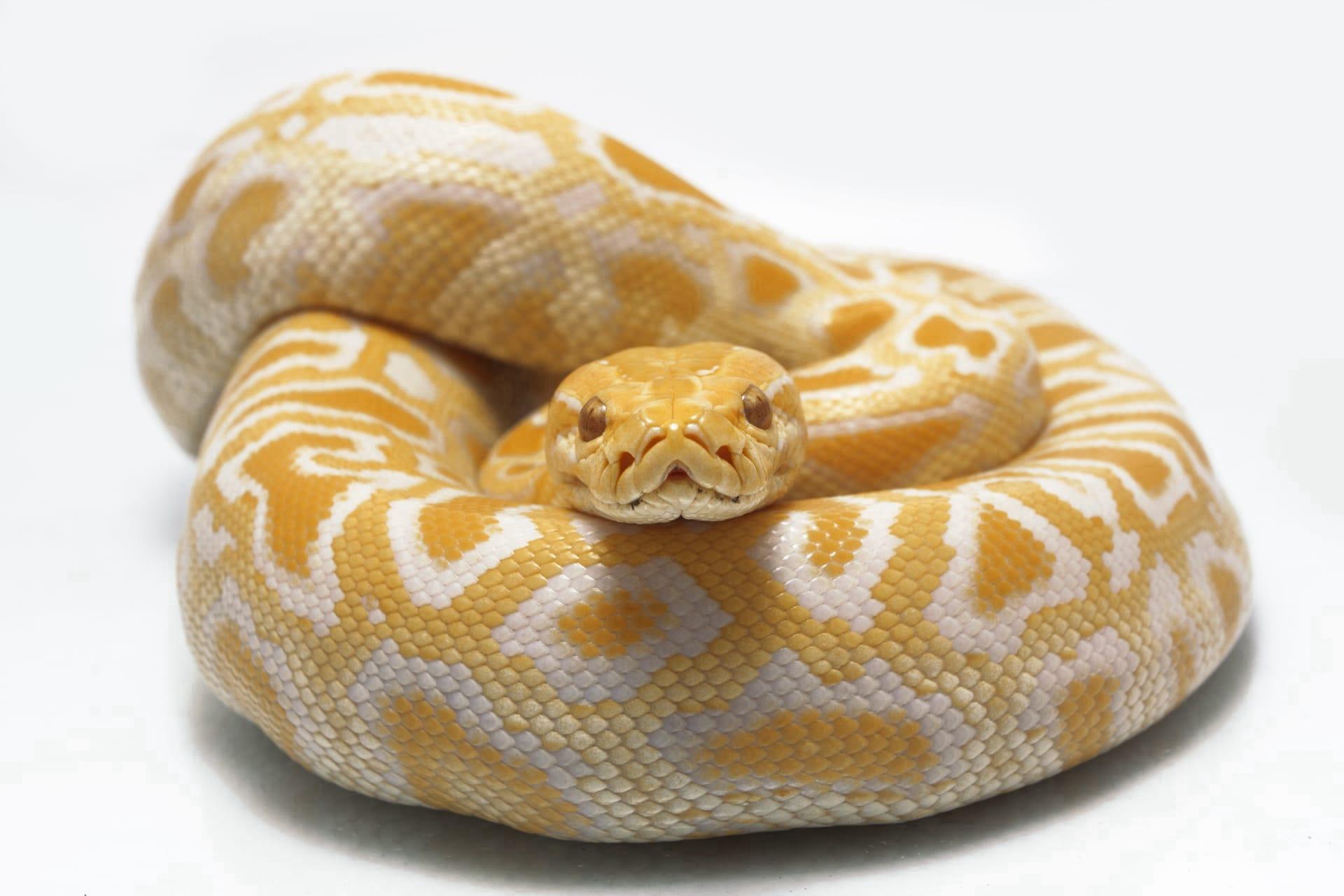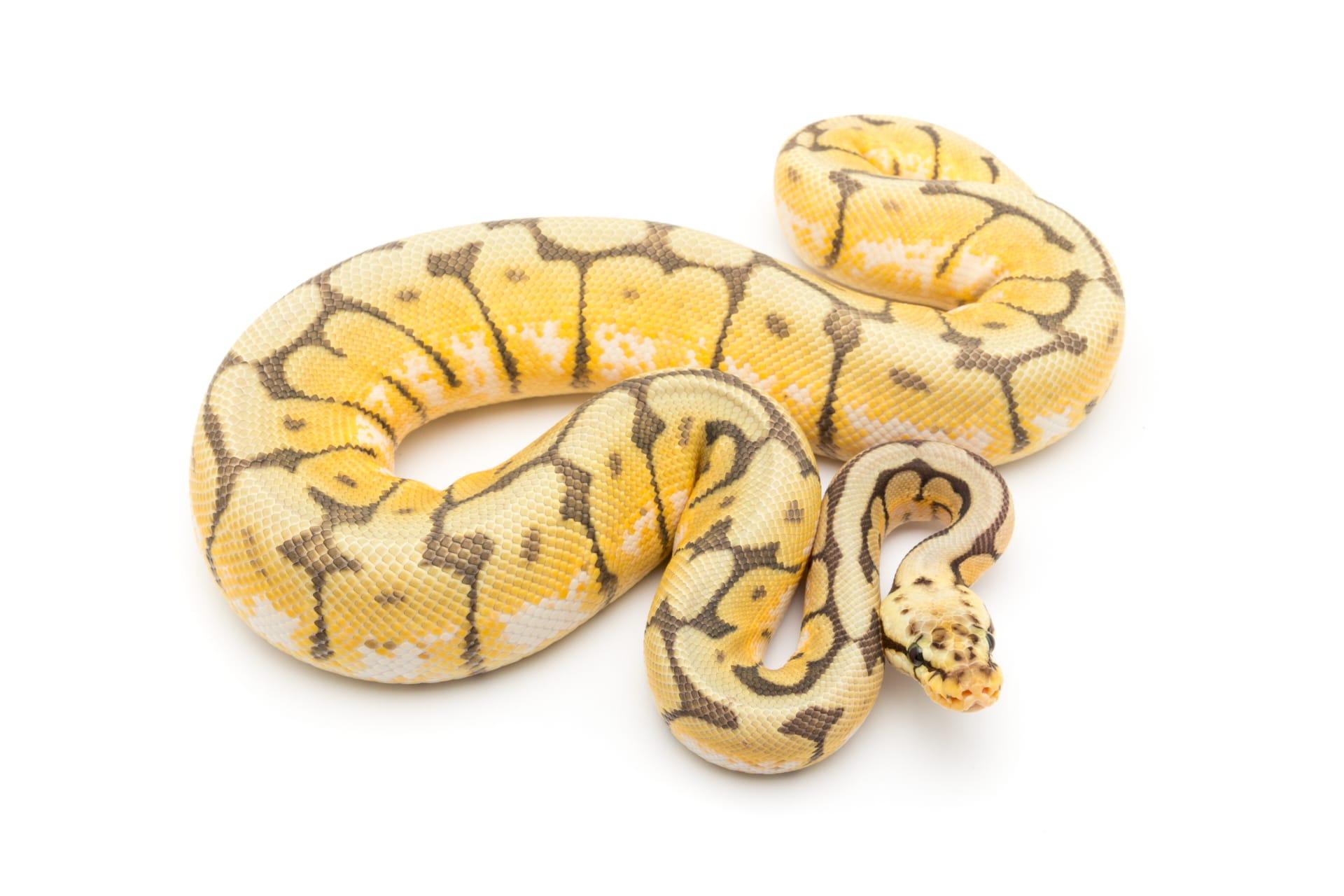Ball Python Snake Trivia
- Home /
- Trivia Question /
- Animal /
- Ball Python Snake Trivia
1
Question: How long can Ball Pythons live in captivity?
Answer: In the cozy environment of captivity, Ball Pythons can lead a long and healthy life, often exceeding 20 years. Some have even been known to live up to 30 years with proper care, which includes a balanced diet and a well-maintained habitat. This longevity is significantly greater than their wild counterparts, who face more challenges and shorter lifespans.
Question: What is the typical length of a fully grown Ball Python?
Answer: Adult Ball Pythons typically reach a length of about 3 to 5 feet (90 to 150 cm). Females are generally larger than males, often stretching a bit beyond 5 feet. This moderate size, combined with their docile nature, makes them popular pets. They rarely grow to the intimidating sizes of some other python species.

2
Question: Do Ball Pythons pose a danger to humans?
Answer: Contrary to some misconceptions, Ball Pythons are not dangerous to humans. They are non-venomous and known for their gentle disposition. Bites are rare and usually occur only if the snake feels threatened or mistakes a hand for food. Even when they do bite, their small, recurved teeth are unlikely to cause serious harm.
Question: Is it true that Ball Pythons can go without eating for a long time?
Answer: Yes, Ball Pythons can fast for extended periods, especially during the cooler months or when stressed. It's not uncommon for them to go without food for several weeks or even months. However, prolonged fasting can be a sign of underlying issues, so it's important for pet owners to monitor their snake's health and consult a veterinarian if concerned.

3
Question: What do Ball Pythons eat in the wild versus in captivity?
Answer: In the wild, Ball Pythons prey on small mammals and birds. They are ambush predators, relying on their camouflage and patience to catch unsuspecting prey. In captivity, their diet mainly consists of appropriately sized rodents like mice or rats, typically fed to them dead to avoid injury to the snake and to promote humane treatment of the prey.
Question: How often do Ball Pythons shed their skin?
Answer: Ball Pythons shed their skin regularly, a process known as ecdysis. Young snakes shed more frequently, about once every 4 to 6 weeks, as they are growing. Adult Ball Pythons shed less often, approximately every 2 to 3 months. Proper humidity and hydration are crucial for a healthy shedding process.

4
Question: Can Ball Pythons recognize their owners?
Answer: While Ball Pythons have limited vision and cannot recognize humans in the same way mammals do, they can become accustomed to their owner's scent and handling routine. This familiarity can make them more comfortable and less stressed during interactions, but it's not akin to the recognition seen in pets like dogs or cats.
Question: Are Ball Pythons good swimmers?
Answer: Yes, Ball Pythons are surprisingly good swimmers. They are native to regions in Africa where access to water is common. They can swim well when needed, using undulating movements to propel themselves in water. However, in captivity, it's not necessary to provide large water bodies, just a sufficient water bowl for hydration and soaking.

5
Question: What is the significance of the 'ball' in Ball Python's name?
Answer: The name 'Ball Python' comes from their characteristic defensive behavior. When threatened, these snakes curl into a tight ball, tucking their head inside surrounded by coils. This unique posture helps protect their vulnerable head and neck from predators.
Question: How do Ball Pythons regulate their body temperature?
Answer: As cold-blooded reptiles, Ball Pythons regulate their body temperature through thermoregulation. They bask in warm areas to raise their body temperature and retreat to cooler spots to lower it. In captivity, it's crucial to provide a temperature gradient in their enclosure, with a warm basking spot and a cooler area to mimic their natural environment.